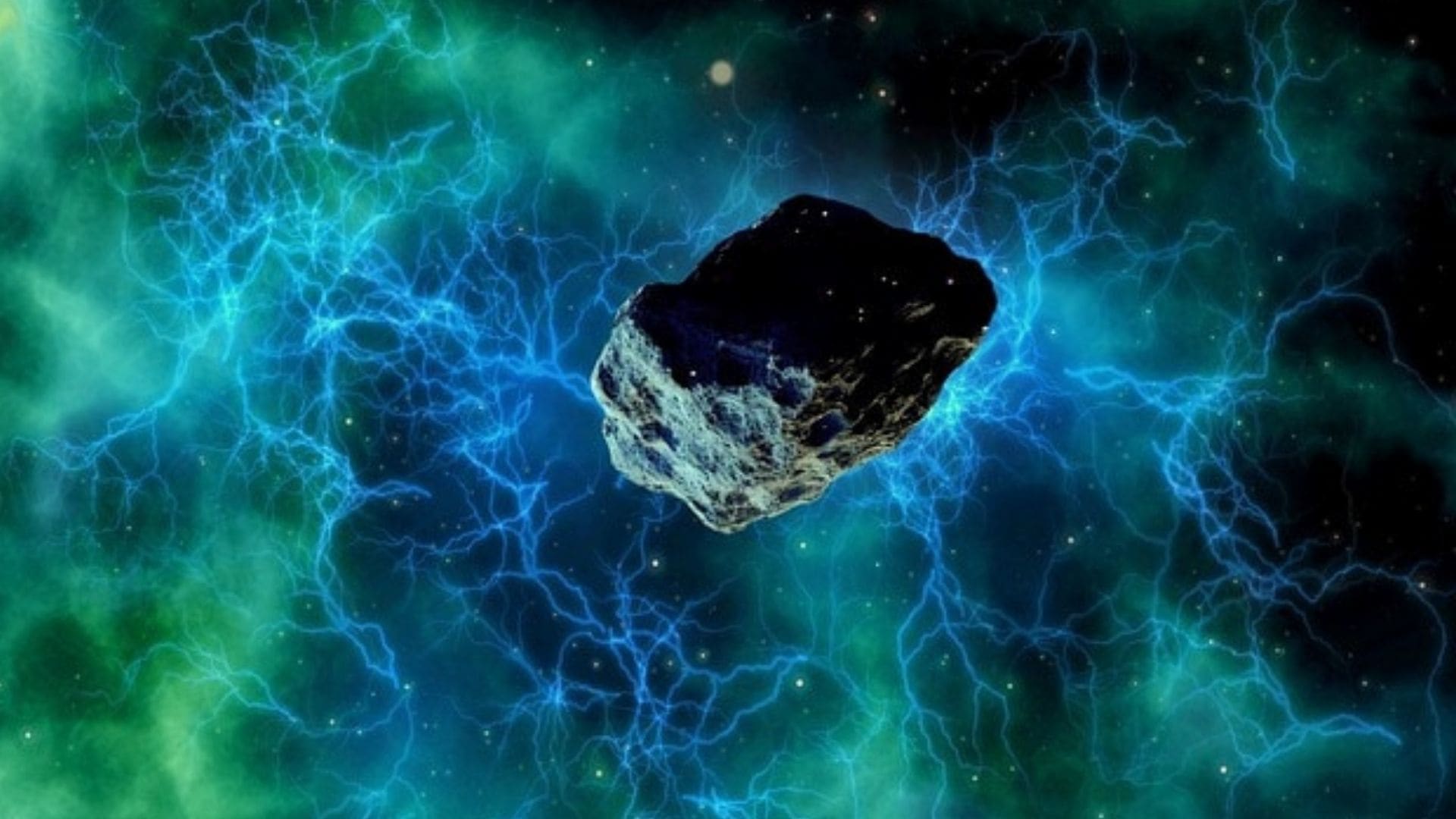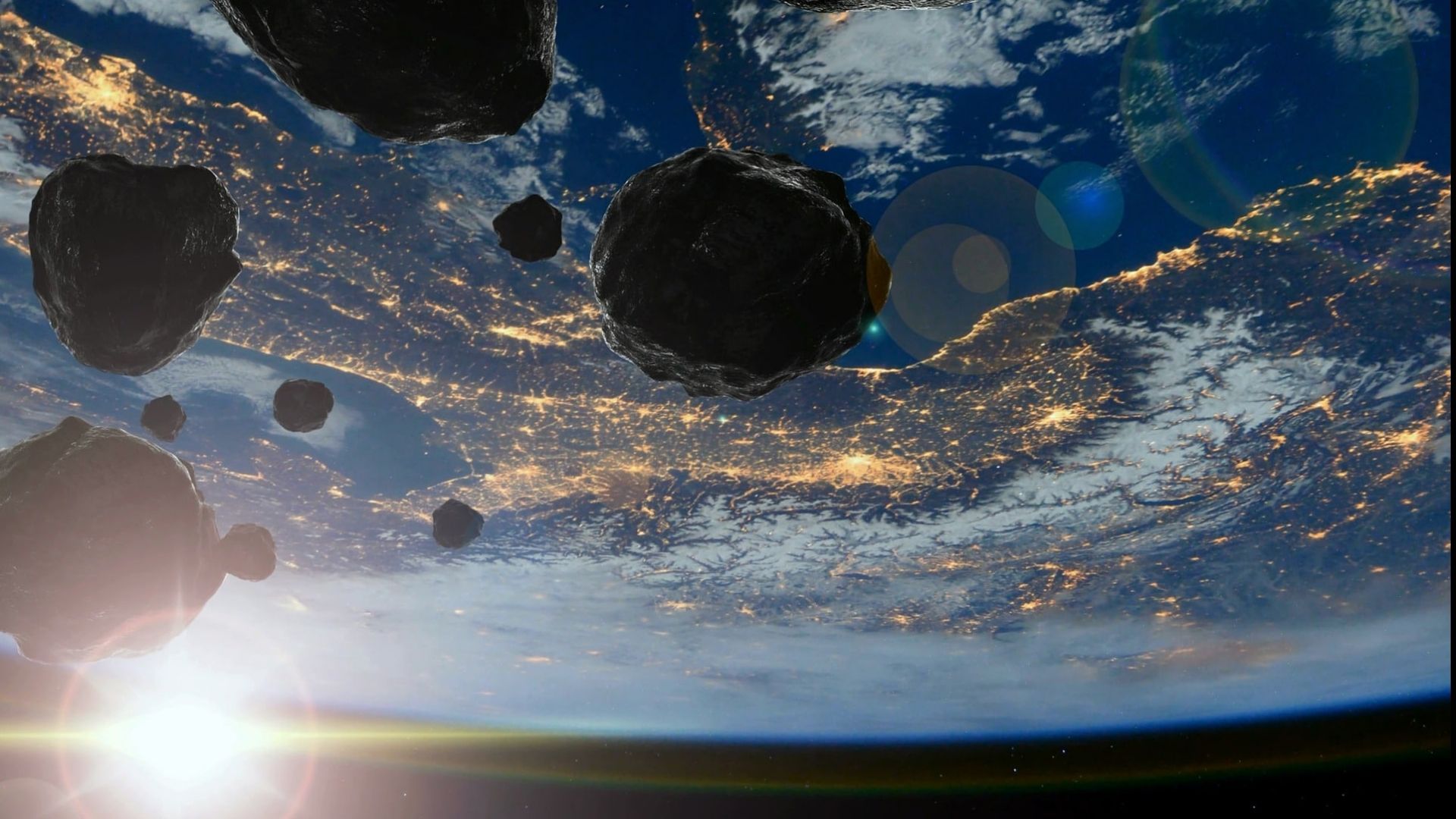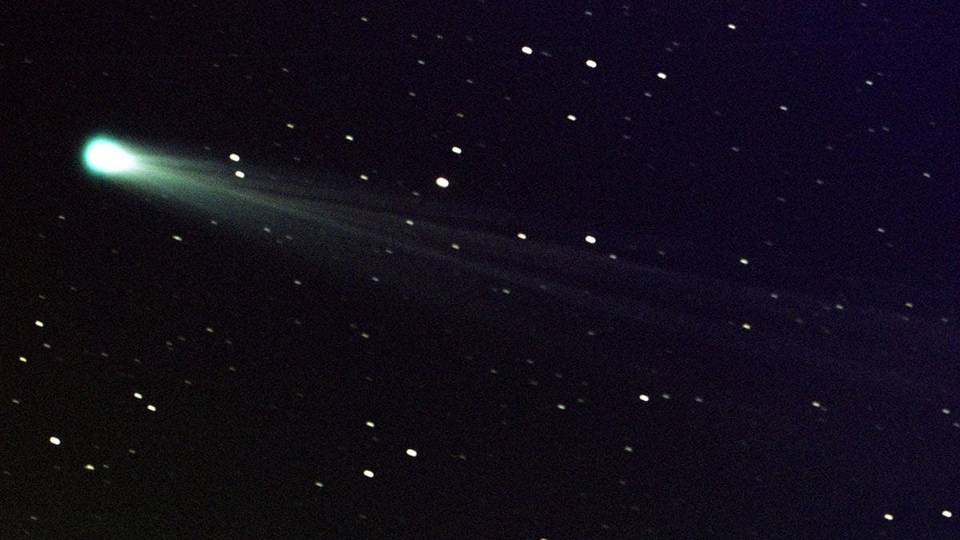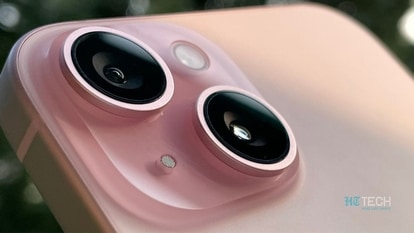You won't believe who snapped this new comet first
A new comet was recently found and astonishingly, it was captured first by an amateur astronomer and not any nation's space agency!






 View all Images
View all ImagesHave you ever seen a comet with your naked eyes or even through a telescope? Very few people have. And now, it transpires that a newly discovered comet was snapped by an amateur astronomer and not by any of these vaunted space agencies. He snapped it with his digital camera. Comets have fascinated astronomers and skywatchers for centuries and, according to NASA, these enigmatic objects are remnants from the early days of our solar system, dating back a staggering 4.6 billion years. With their iconic long, streaming tails, comets have captivated the human imagination for ages, often making rare appearances in our night skies. In what would certainly be a proud moment for him, Japanese amateur astronomer Hideo Nishimura has ignited excitement within the astronomical community and among skywatchers worldwide, with his new find.
What are comets?
As explained by NASA, Comets are celestial bodies composed of dust and ice that follow orbits around the Sun. They are renowned for their distinctive long tails and are remnants from the early days of the solar system, dating back approximately 4.6 billion years.
Comets are typically located in the distant regions of the solar system. Some are situated in the Kuiper Belt, a wide disk extending beyond the orbit of Neptune, and are classified as short-period comets because they complete an orbit around the Sun in less than 200 years. Others reside in the Oort Cloud, a spherical region located about 50 times farther from the Sun than the Kuiper Belt. These are referred to as long-period comets due to their significantly longer orbital periods, with some taking more than 250,000 years to complete one orbit around the Sun.
Comet captured on digital camera!
Nishimura detected this celestial object on August 11 using a standard digital camera and a series of 30-second exposures. Although it is currently not visible to the naked eye, NASA has observed a steady increase in its brightness since its discovery. Astronomers have also plotted its future trajectory through the inner solar system.
According to a report by Cosmos magazine, the comet will be located in the constellation Cancer in the predawn sky until around September 7, but its visibility will diminish as it gets closer to the intense glare of the Sun. Observers in the Northern Hemisphere may need telescopes or binoculars for the best views. Additionally, skywatching apps like Starwalk or Sky Guide can help locate the comet in the sky.
As mentioned in Cosmos magazine, the comet should reach perihelion on 17 September. At this point, it will be approximately 0.22 astronomical units (AU) from the Sun.
It will be really a mesmerizing experience for those who will be able to witness this celestial phenomenon.
Catch all the Latest Tech News, Mobile News, Laptop News, Gaming news, Wearables News , How To News, also keep up with us on Whatsapp channel,Twitter, Facebook, Google News, and Instagram. For our latest videos, subscribe to our YouTube channel.
































